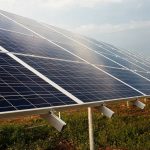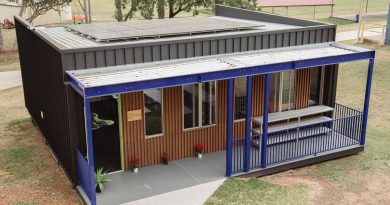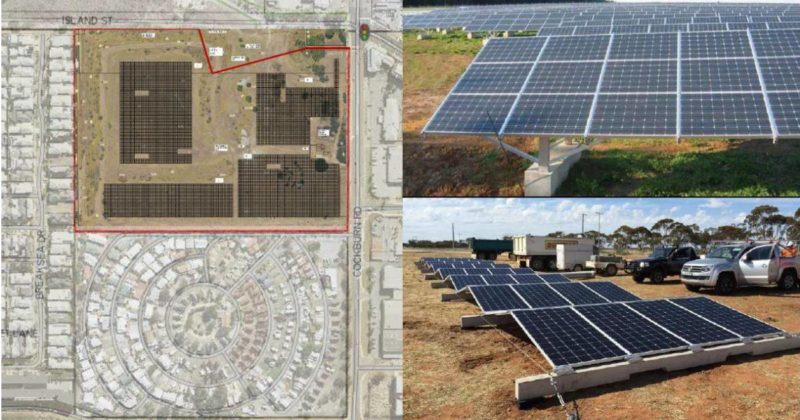12% Of Australians Have Skipped Meals Or Eaten Less To Pay Energy Bills

A recent survey has found energy poverty to be a serious ongoing problem in Australia – and temporary energy bill relief isn’t the answer.
Taking the Pulse of the Nation (TTPN) surveys are run under a partnership between the Melbourne Institute and Roy Morgan. In December 2022’s TPPN survey, Australians were asked about their capacity to meet their energy requirements, how they are dealing with high energy costs and what the government should be doing about the issue. The results were released yesterday.
Based on responses of 1,000 adult Australians, the TTPN survey found:
- One in five Australians are unable to heat or cool their homes to a comfortable level.
- 12% of respondents said they have skipped a meal or eaten less to be able to pay their energy bills.
- About half of those financially stressed are taking “almost all possible measures” available to them to reduce energy costs.
The incidence of skipping a meal or eating less in order to pay energy bills was higher among those who are financially stressed (35%), earning below $50,000 a year (23%) or are aged between 18-34 (23%).
The situation doesn’t bode well for Australia meeting one of the UN’s 2030 Sustainable Development Goals (SDG 7), which is ensuring “access to affordable, reliable, sustainable, and modern energy for all”.
“Stronger and more relevant government policies to reduce energy poverty are clearly required,” states the TTPN commentary. “If left unchecked too long, the persistence of energy poverty is likely to bring about negative health impacts on individuals and, in turn, on economic development.”
Long Term Solutions Vs. Temporary Relief
We mentioned this morning the NSW Perrottet Government has committed to, if re-elected, providing a cash sugar hit for households to go towards energy bills. But it seems this type of thing is well down the list of actions desired by TTPN respondents1.
When asked about measures considered the most important for the government (assumed: Federal) to undertake to assist with rising energy costs, here’s how various options presented stacked up:
- Invest in/subsidise development of more renewable energy resources such as wind, hydro and solar power: 45%
- Implement price controls/caps on energy market prices: 39%
- Invest in nuclear technologies/power infrastructure: 38%
- Invest in/subsidise development of more fossil fuel energy sources: 22%
- Provide compensation to energy distributors providing energy at reduced prices: 19%
- One time transfers to households to help alleviate energy costs: 17%
One-off subsidies were understandably most popular among the financially stressed (22%), those with incomes less than $50,000 a year (20%) and those in the 18-34 age group (20%). But even in these groups, the option ranked last or second-last.
Pretty strong nuclear energy support was interesting given even if it was permitted here, nuclear power is too expensive for Australia.
Solar Panels And Electric Vehicles Popular
In terms of investment decisions Australians have already made or are considering in order to lower their energy and/or fuel costs in the future:
- Installing solar panels: 29%
- Buying an electric car: 17%
- Upgrading to new, more energy efficient appliances: 16%
- Improving home insulation: 13%
- Buying a smaller, more fuel efficient car: 10%
An interesting point here is acquiring an EV had a much stronger showing than buying a more fuel-efficient car. However, in the financially stressed group, the two were on par.
Those not intending to undertake any of the above options can be largely attributed to the up-front cost associated with the actions says Roy Morgan.
More results from the December 2022 Taking the Pulse of the Nation survey can be found here.
Footnotes
- The NSW Energy Bill Saver initiative will also have an element requiring participating households to compare energy offers. ↩
Original Source: https://www.solarquotes.com.au/blog/energy-poverty-australia-mb2819/


















